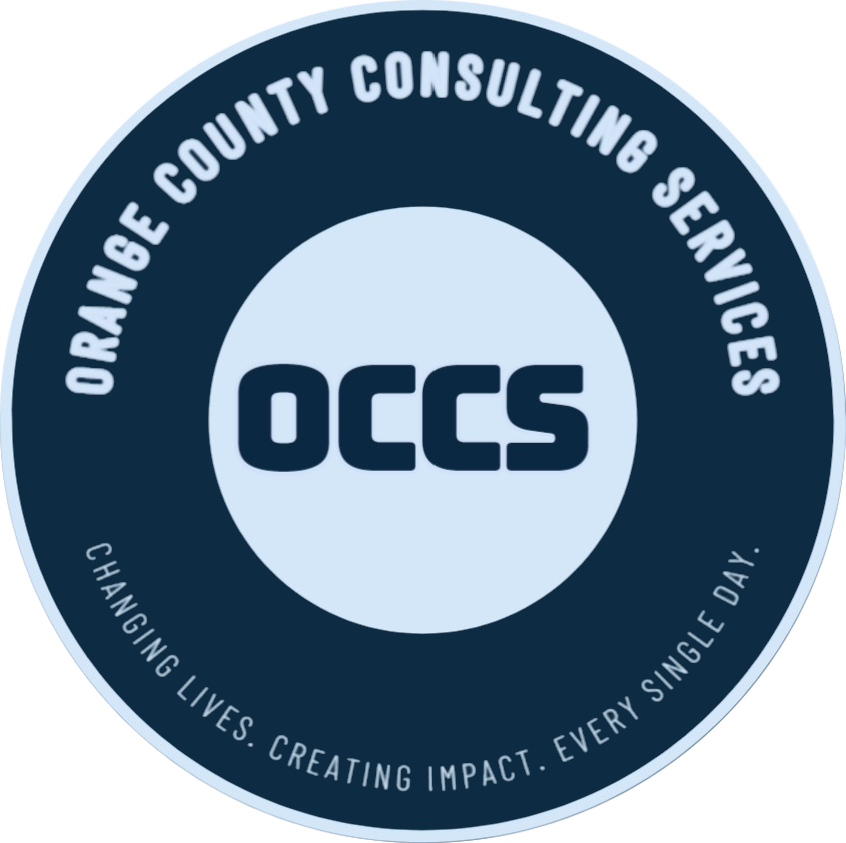This training session provides a deep dive into the regulatory and operational requirements of EIV (Enterprise Income Verification) system use at HUD Multifamily properties, with a specific focus on integrating upcoming HOTMA changes. Participants will explore the full scope of required policies and procedures (P&Ps) for using EIV—ranging from access and security protocols to appropriate data use, retention, and destruction. The session clarifies the distinctions between master and tenant file reports and teaches attendees how to document and manage discrepancies effectively.
Emphasis is placed on compliance pitfalls—particularly those that trigger findings during Management and Occupancy Reviews (MORs)—and how to write procedures that both meet HUD expectations and reduce audit risk. Participants will be guided through the timing and proper use of tenant and master reports, including how frequencies are shifting under HOTMA.
The session offers practical guidance for how to align EIV P&Ps with other critical documents, such as the Tenant Selection Plan, MOR readiness checklists, and cyber security certification requirements. The webinar is designed to demystify key areas where EIV compliance overlaps with broader HUD regulations and to empower site and compliance staff to build or update their policies confidently.
Webinar Objectives
Problem Area:
HUD properties often face MOR findings, audit failures, or compliance risks due to poorly written or outdated EIV Policies and Procedures—especially with the evolving requirements from HOTMA (Housing Opportunity Through Modernization Act). Staff are often unsure of report frequencies, data retention, or how to handle discrepancies without triggering findings or violating data security requirements.
Solutions Provided in the Training:
- Clear guidance on what must be included in compliant EIV policies
- Explanation of HOTMA-driven changes to EIV use and timing
- Instructions on report storage, data destruction, and security safeguards
- Tips to avoid common MOR findings
- Integration of EIV with Tenant Selection Plans and interim re-examination policies
Webinar Agenda
This webinar begins by laying out the must-have components of EIV Policies and Procedures, immediately addressing the common issue of outdated or vague documentation that doesn't meet HUD standards—especially with HOTMA changes on the horizon. Attendees learn how to structure their policies with clear guidance on report usage, consent forms, security protocols, and how to align these with other property documents like the Tenant Selection Plan. The training tackles confusion around when and how to run EIV reports, how often to do so under current rules versus HOTMA, and where those reports belong—master vs. tenant files—resolving a frequent source of MOR findings.
Next, the session focuses on risk mitigation: data security, discrepancy resolution, and MOR preparation. Pain points like mishandled reports, unauthorized access, and poor documentation practices are addressed through step-by-step safeguards—technical, administrative, and physical. Attendees also gain clarity on what MOR reviewers will expect, how to prepare EIV user forms and cyber training records, and how to fix EIV-related findings post-review. By the end, participants walk away with a clear, compliant, and up-to-date blueprint for managing EIV under HUD’s evolving expectations.
Webinar Highlights
- Identify the mandatory elements that must be included in EIV Policies and Procedures under HUD regulations and HOTMA.
- Compare current and HOTMA-modified EIV reporting frequencies and documentation requirements.
- Implement security measures—technical, administrative, and physical—to protect EIV data and ensure compliance.
- Document appropriate storage, retention, and destruction procedures for EIV reports across master and tenant files.
- Avoid common MOR findings by aligning EIV use with HUD Handbooks, TSP requirements, and audit expectations.
Who Should Attend?
This session is ideal for HUD Multifamily professionals who are responsible for compliance, oversight, or policy implementation, including:
- Compliance Directors and Managers
- Property Managers and Assistant Property Managers
- Occupancy Specialists
- EIV Coordinators and Users
- Asset Managers (Owners, Agents, Management Agents)
- Regional Managers and Portfolio Directors
- Training and Policy Development Officers
We also Recommend
Date
Conferences
Duration
Price
Register
Dec 09, 2025
60 Mins
$179.00
Nov 06, 2025
60 Mins
$179.00
Oct 02, 2025
60 Mins
$179.00
Sep 03, 2025
60 Mins
$199.00
Jun 11, 2025
60 Mins
$199.00
Apr 23, 2025
60 Mins
$199.00
Mar 13, 2025
60 Mins
$199.00
